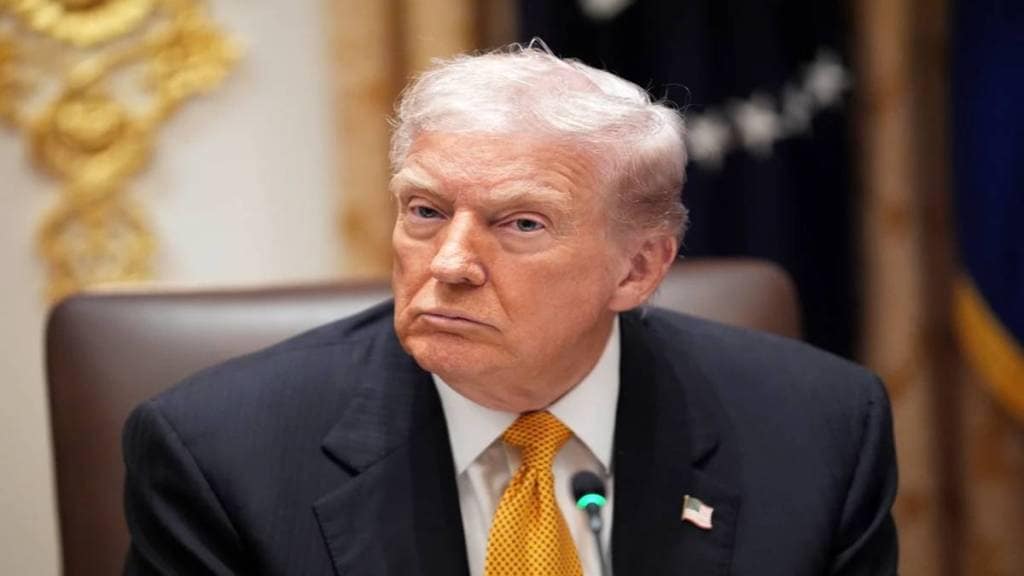President Donald Trump on Sunday announced that he would be sending most Americans a “tariff dividend” of at least $2,000 per person, paid for by money collected from US tariffs on imports.
He wrote on Truth Social, “A dividend of at least $2000 a person (not including high-income people!) will be paid to everyone.”
Trump also claimed the US is taking in “trillions of dollars” from tariffs and will soon start paying down the $37 trillion national debt, while also seeing record investment and new factories across the country.
Even if Trump is serious, the plan can’t happen without Congress ‘approval. Lawmakers would need to pass a bill to allow the government to send the money. So far, there are no details about who would qualify, when payments would be made, or how the money would be delivered.
Right now, the government is in a shutdown that has lasted 40 days, and many federal employees are going without pay. That makes a new spending plan even more complicated. Trump’s idea reminds many people of the pandemic relief cheques sent during COVID-19.
Those three rounds of payments gave Americans more than $800 billion in total. According to Business Insider, economists warn that sending new checks could bring short-term relief but long-term problems, especially if funded by tariffs.
Why could it backfire?
As reported by Business Insider, when people get extra cash, they tend to spend more. That increases demand for goods, but if businesses can’t keep up, prices go up.
At the same time, tariffs make imported goods more expensive. US companies that rely on those imports often raise their prices, too. That means consumers end up paying more.
Together, these effects could push inflation higher, making it harder for the Federal Reserve to keep cutting interest rates. If inflation stays high, the Fed could instead raise rates again, making it more expensive to borrow money for homes, cars, or business loans.
According to The Guardian, the government collected about $195 billion in customs duties in the first three quarters of the year. But sending $2,000 to about 150 million adults would cost roughly $300 billion or more.
That means tariff revenue alone wouldn’t be enough to cover the plan. Treasury Secretary Scott Bessent also said that the first priority for tariff revenue is to reduce the national debt, not to send cheques.
Analysts estimate Americans bear about 55% of the total tariff cost, since companies pass higher import prices onto customers. That means households are already paying more for goods, so the $2,000 payment could be wiped out by higher costs over time.
The tariffs themselves are facing legal challenges. The US Supreme Court is currently reviewing whether Trump’s broad tariff powers under the International Emergency Economic Powers Act (IEEPA) are legal. If the court limits those powers, it could block or weaken the entire plan.
As reported by Business Insider, economists also warn that tariffs can slow economic growth, reduce other tax revenues, and trigger retaliation from trading partners, shrinking the amount of “extra” money the government collects.


